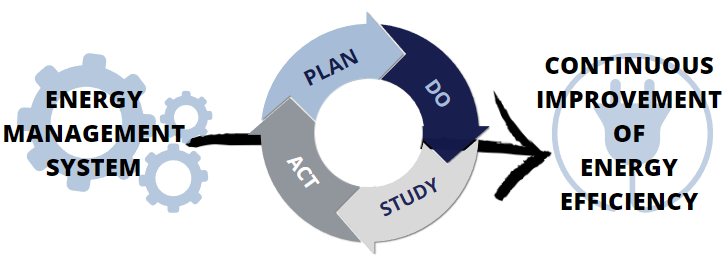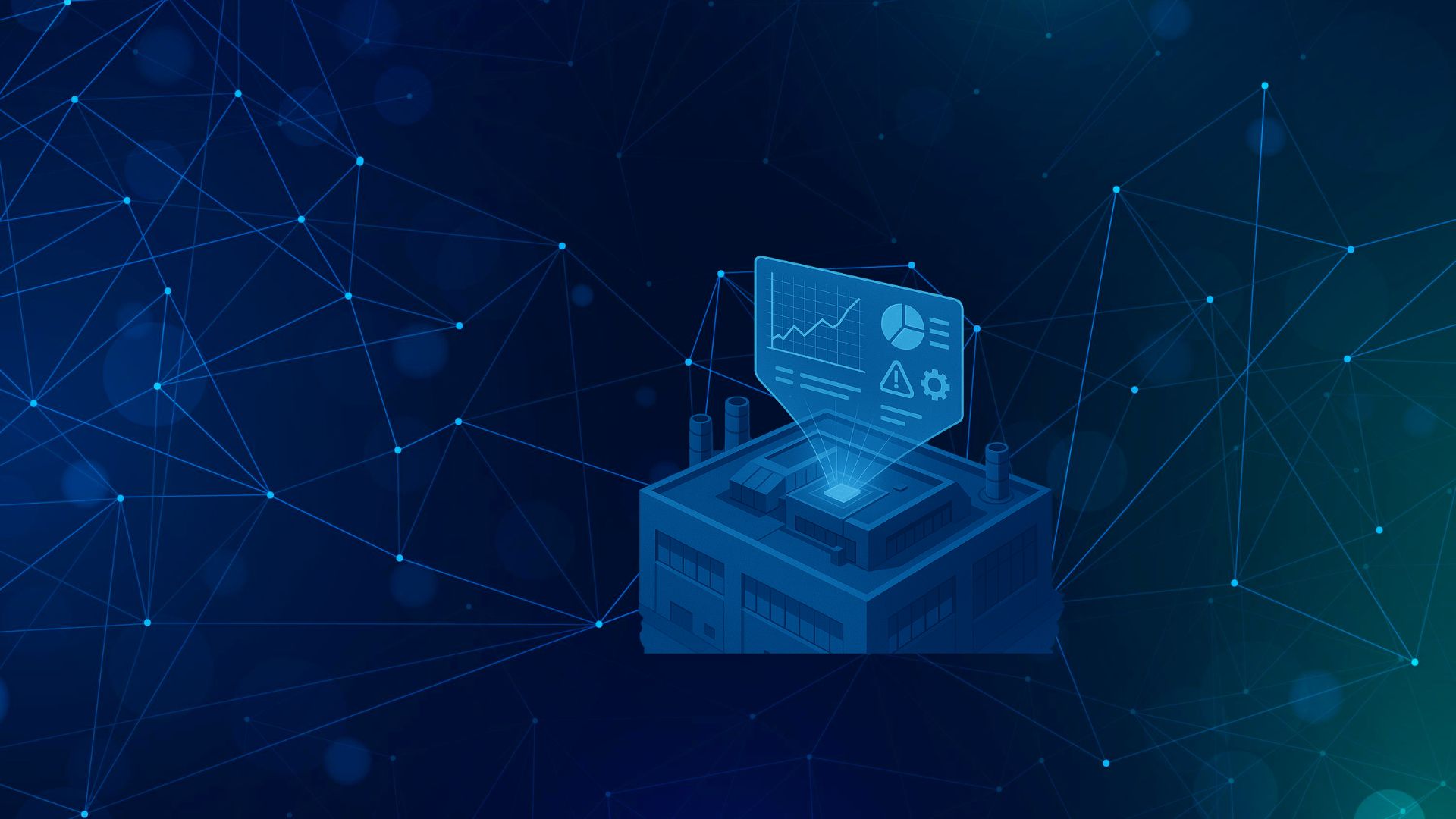Implementing an ISO 50001 energy management system is no longer just a regulatory compliance step — it is a strategic decision that drives measurable improvements in energy efficiency, operational performance and corporate reputation.
Since its first publication in 2011, ISO 50001 has provided organisations worldwide with a proven framework for reducing energy costs, enhancing sustainability and ensuring continual improvement.
Whether your goal is to achieve ISO 50001 certification, align with environmental objectives, or optimise resource usage, understanding the standard’s scope, structure and tools is the first step towards long-term success.
What is ISO 50001? Definition and scope
The ISO 50001 definition sets out a systematic approach for controlling and improving energy performance, ensuring that energy objectives align with corporate strategy. An example energy policy ISO 50001 typically reflects the organisation’s long-term commitment to efficiency, validated by ongoing performance verification.
Thanks to its High Level Structure (HLS), ISO 50001 shares a common framework with other management standards such as ISO 9001 (quality) and ISO 14001 (environment), enabling integration within combined management systems.
The PDCA cycle in ISO 50001 energy management
The standard is based on the Plan–Do–Check–Act (PDCA) cycle, which underpins the ISO 50001 energy management system:
- Plan: define the energy policy, objectives, performance indicators and baseline.
- Do: implement targeted actions to achieve set objectives.
- Check: monitor results with reliable, up-to-date data.
- Act: review, correct and refine processes to drive continual improvement.
Performance monitoring relies on Energy Performance Indicators (EnPIs) and specific baselines. These tools enable visual tracking of progress, identification of improvement areas and establishment of measurable targets. Correct definition of these indicators is critical to effective follow-up.
The long-term cost perspective
A total life cycle cost (LCC) analysis covers not only initial capital expenditure (CAPEX) but also operational expenses (OPEX), maintenance and eventual decommissioning. Viewed this way, the investment required for implementing ISO 50001 often represents just a fraction of the cumulative energy savings achieved — reinforcing the long-term benefits of ISO 50001.
Benefits of ISO 50001 for industry
Key advantages of ISO 50001 certification in industrial environments include:
- Significant energy savings and cost reduction by eliminating waste and optimising processes.
- Enhanced corporate reputation through demonstrable environmental commitment.
- Better decision-making supported by accurate, self-verified consumption data.
- Increased competitiveness in tenders by proving the existence of an efficient, certified EnMS.
ISO 50001 software for effective energy management
Accurate, current and site-specific data is essential for a robust ISO 50001 energy management system. Without automation, many companies risk decisions based on incomplete or outdated information.
The Gradhoc ISO 50001 software offers a powerful platform to enhance EnMS performance:
- Displays the location and condition of facilities to minimise unnecessary site visits.
- Configures customised KPIs with detailed insights for each asset and energy source.
- Integrates and processes data to automate workflows that improve efficiency.
- Provides dashboards and complete historical records to support continual improvement.
In today’s competitive industrial landscape, energy efficiency is directly linked to profitability and resilience. An ISO 50001 energy management system offers a structured, internationally recognised method to optimise consumption, cut costs and strengthen sustainability credentials.
When supported by advanced ISO 50001 software solutions such as Gradhoc, implementation becomes faster, more accurate and fully aligned with your strategic objectives.
The result is a future-proof energy management approach that not only meets the requirements of ISO 50001 certification, but also delivers lasting value to your business.
Do you want to know more about integrated energy management systems?




